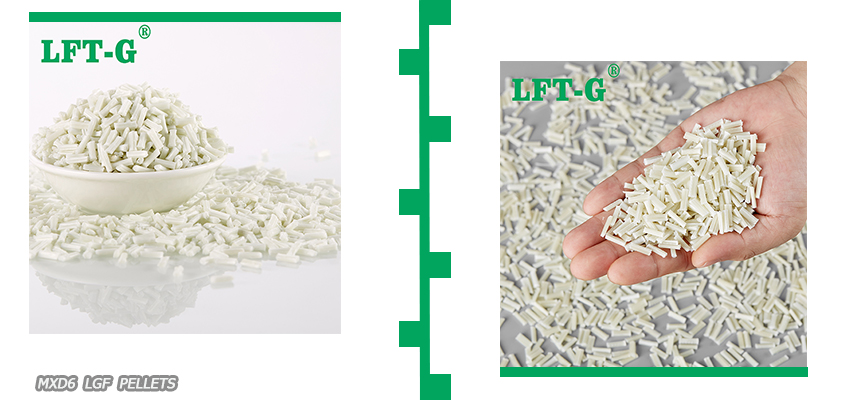商品番号。:
MXD6-NA-LGF製品の起源:
China色:
Natural出荷ポート:
Xiamenリード タイム:
1-15

とnuylon製品ioncreasing人気, MXD 6樹脂 当社では、通常の使用射出成形や押出しるお客様のニーズに応じて追加のガラス長繊維または長炭素繊維のペレットの物件です。 MXD6 を特徴とする低吸水性、高い熱変形温度、高い引張り強度、曲げ強度、小型成形収縮率の良いバリアへのO2、CO2やその他のガス。 ので MXD6 ガラス長繊維は、幅広い処理温度で、共押出しポリプロピレン(PP)、共押出による高密度polye thylene(HDPE). 良好なガスバリア性及び熱安定性
| MXD6 グレード | 充填仕様 | 製品番号 | 特徴 | 適用範囲 |
| 一般グレード | 30% | MXD6-NA-LGF30 |
優れた機械的、熱的特性、高強度、高弾性率,耐熱性,高バリア性に優れた耐レトルト性 |
に適していますの包装材、自動車、精密機器、医薬品、化学、生クッション 発泡シートは湿気振動となります。 |
| 40% |
MXD6-NA-LGF40 |
|||
| 50% |
MXD6-NA-LGF50 |
|||
| 60% |
MXD6-NA-LGF50 |

1. バリア性能はその他のナイロン樹脂
2. のバリア性能をMXD6よEVOH高温環境
3. より良いリサイクル性:リサイクル可能で環境にや再現性のないゲル状又は壊れない現象
4. 混合できることその他のポリマー:簡単に共押出または容器を製造する他の化合物
その mxd6ペレット いbulidの自動車の mxd6 材料 新しいタイプのナイロン.の mxd6 バリア性能によりその他のナイロン樹脂、お客様がこの性能をprouct一部のデバイスとしているケースが多く早くやります。被害を最小限に抑えるにはの機械的である。




他のFAQが可能であることが判明 , ご連絡ください Ms ー sale04@lfrtplastic.com
関連するタグ :